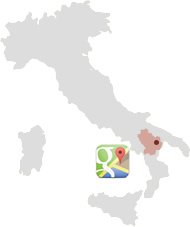The
Donna Eleonora Bed and Breakfast is a renovated building situated in Piazzetta Bracco 12, a pedestrian area in the historical centre of Matera.
Its central position means that all the town’s historical and cultural places of interest are be found within walking distance: by simply going down a few steps, the Sassi, numerous churches, the Ridola National Museum, Palazzo Lanfranchi (home to the Museum of Medieval and modern Art), the historical palaces of S. Lucia and the Annunziata in Piazza Vittorio Veneto, the Cathedral , and the Tramontano Castle are all just a few minutes away.
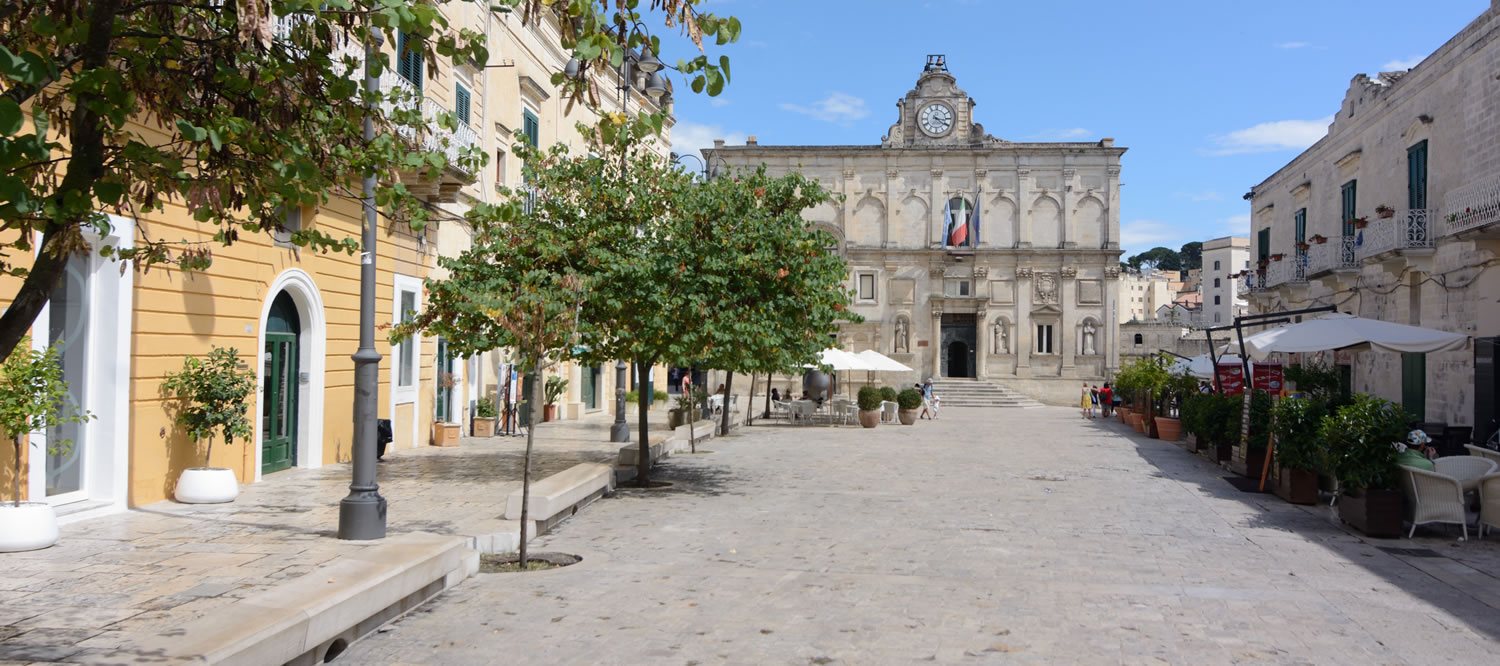
Even though the B&B is located in a pedestrian area, guests can leave their vehicles in nearby parking spaces or in one of the two car parks just a few yards away. A shuttle service to and from Bari Airport and guided tours of the town are available on request.
Courtesy, cleanliness, convenience and service are all guaranteed, allowing you to enjoy your stay to the full. All you have to do is come and visit us.
We’ll be waiting for you!
Eleonora Bracco

The small square which houses the
Donna Eleonora B&B is in the historic centre of Matera and is named after the Turin archaeologist
Eleonora Bracco who, together with Domenico Ridola, played a very important part in the history of the gown’s archaeology. For decades she was manager of the Ridola Museum, she supervised numerous archaeological excavations and worked together with the Olivettiano group who, during the 1950s, led an urbanization project to re-house the inhabitants of the Sassi in designated areas throughout the town.



 Home
Home

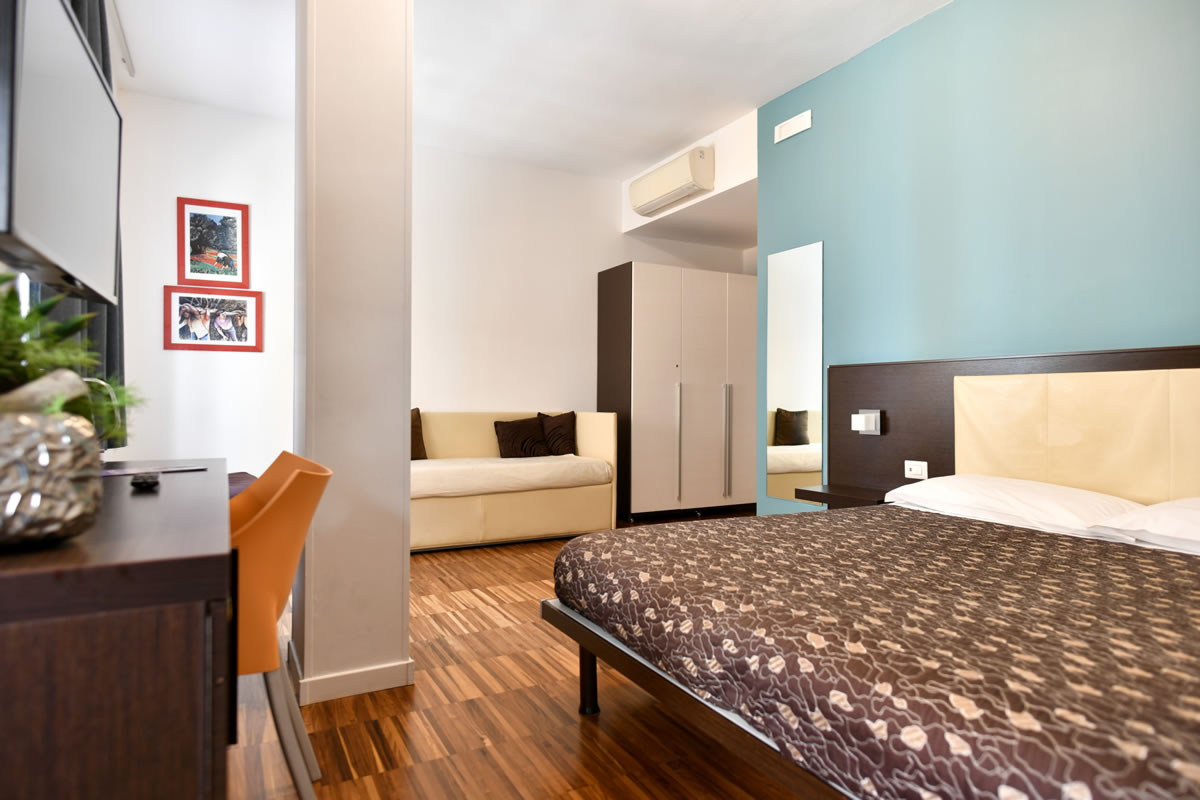
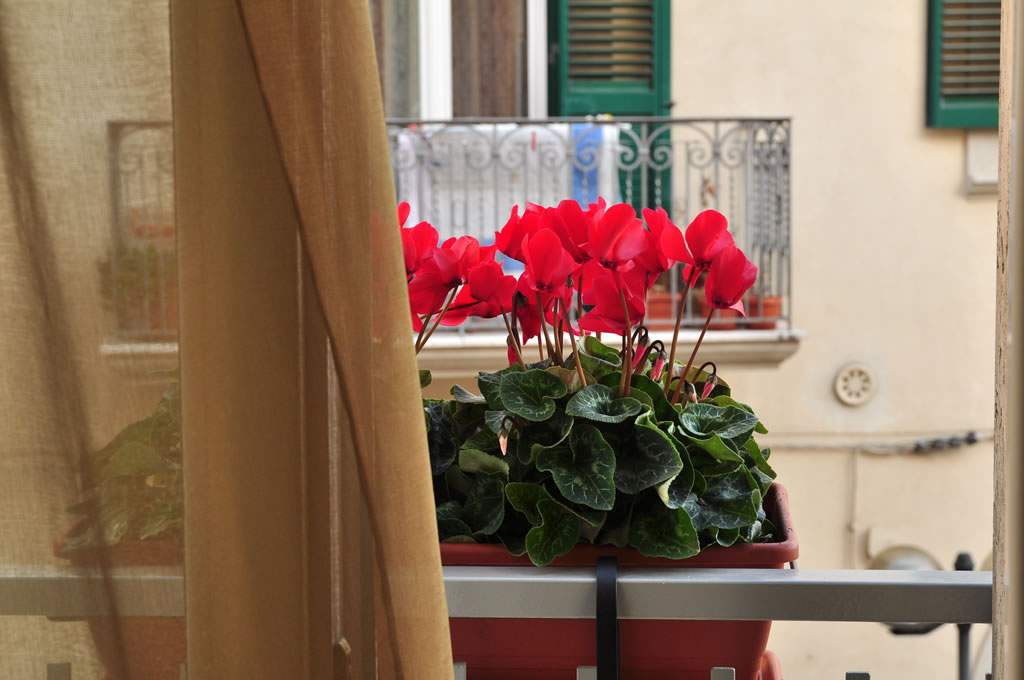
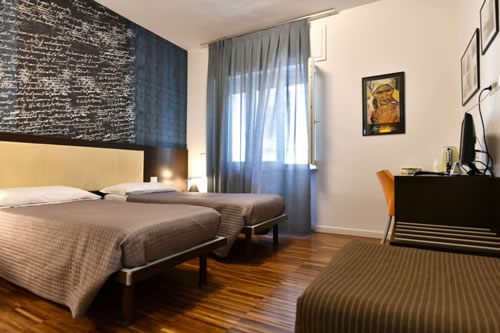
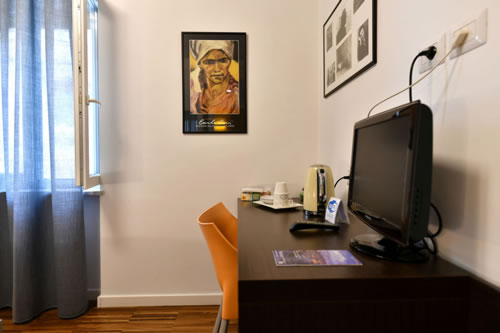
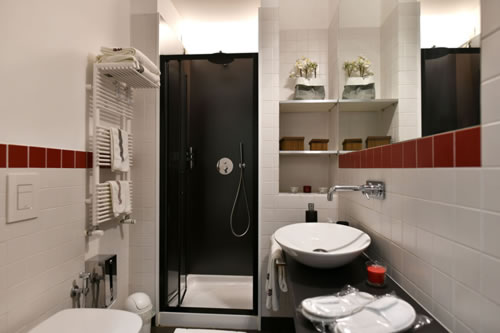
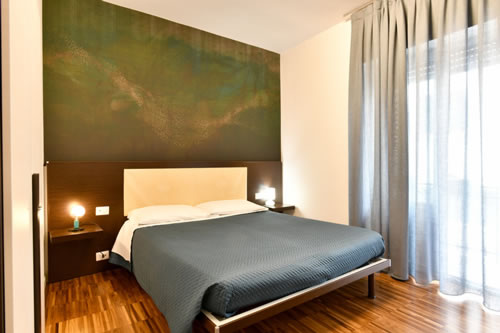
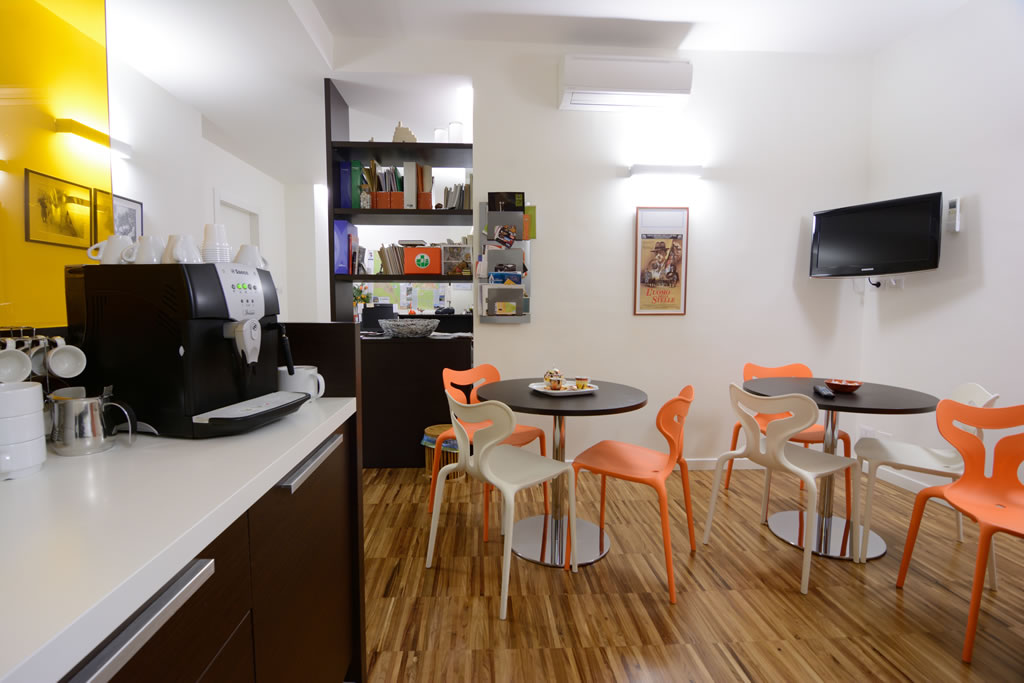
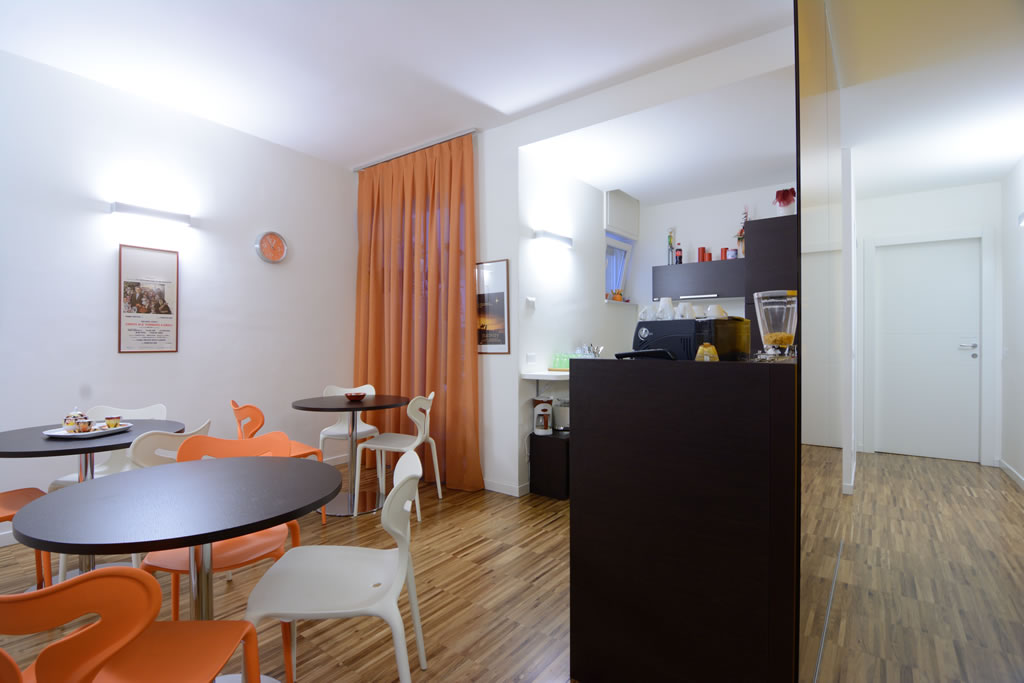

 The small square which houses the Donna Eleonora B&B is in the historic centre of Matera and is named after the Turin archaeologist Eleonora Bracco who, together with Domenico Ridola, played a very important part in the history of the gown’s archaeology. For decades she was manager of the Ridola Museum, she supervised numerous archaeological excavations and worked together with the Olivettiano group who, during the 1950s, led an urbanization project to re-house the inhabitants of the Sassi in designated areas throughout the town.
The small square which houses the Donna Eleonora B&B is in the historic centre of Matera and is named after the Turin archaeologist Eleonora Bracco who, together with Domenico Ridola, played a very important part in the history of the gown’s archaeology. For decades she was manager of the Ridola Museum, she supervised numerous archaeological excavations and worked together with the Olivettiano group who, during the 1950s, led an urbanization project to re-house the inhabitants of the Sassi in designated areas throughout the town.
